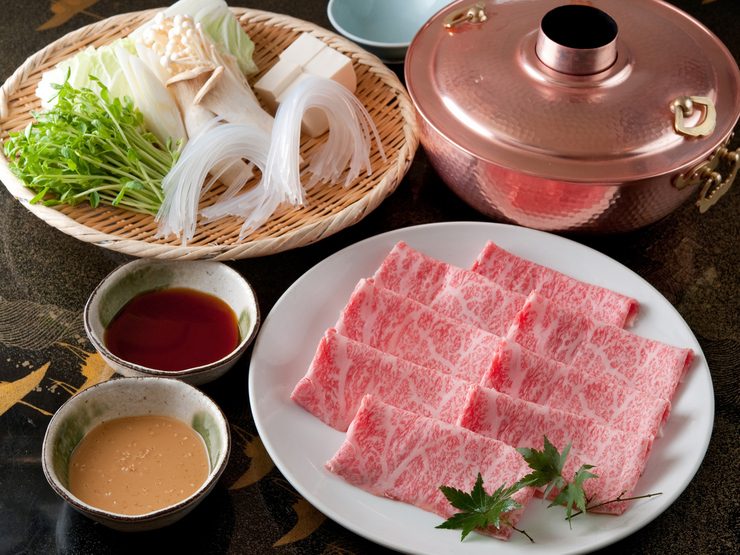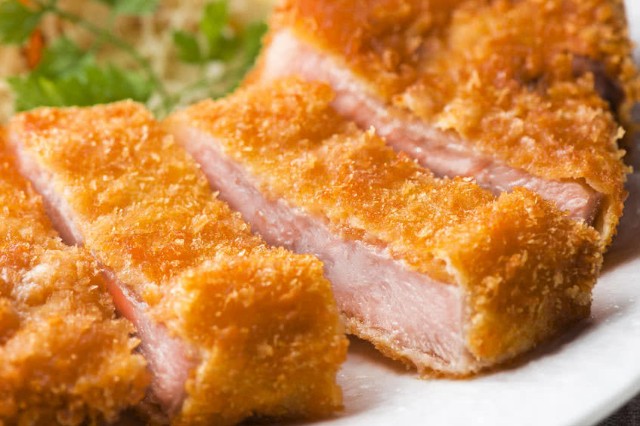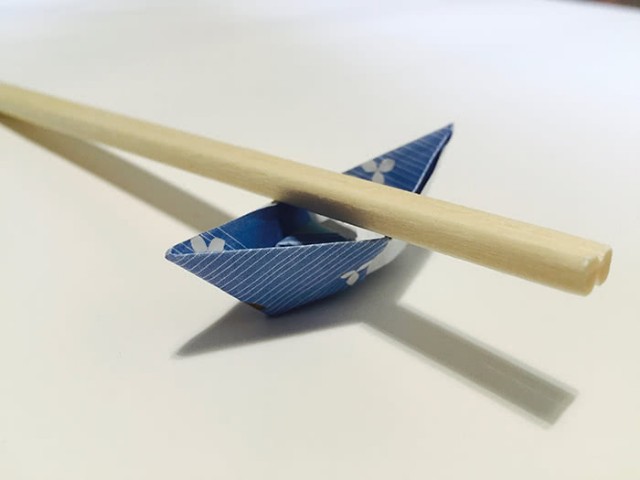Culture
Culture? If you're looking for a restaurant that serves food in that category, then you've come to the right place.
Here, you'll definitely find a restaurant that fits your search criteria, so take a look!
New Articles
-
![Voyage for [Fukui Amaebi], the Future of Fishermen | Part 2](https://rimage.savorjapan.com/svj/image/discover_oishii_japan/1554/article_head.jpg?t=1748994940)
Voyage for [Fukui Amaebi], the Future of Fishermen | Part 2
When asked about amaebi dishes, most readers would have sushi or sashimi in mind. However, amaebi is not limited to Japanese dishes and has even attracted French and Italian cuisine. The chef Matsushita of la clartē located in the village of Takeda Village, Sakai, Fukui Prefecture, is one of the chefs who admire the local amaebi.
-
![Voyage for [Fukui Amaebi], the Future of Fishermen | Part 1](https://rimage.savorjapan.com/svj/image/discover_oishii_japan/1553/article_head.jpg?t=1748994940)
Voyage for [Fukui Amaebi], the Future of Fishermen | Part 1
When asked about the local specialty of Fukui Prefecture, what comes to your mind? Echizen crab, or the king of the winter, would be a classic choice. Records claim that the oldest snow crab fishing in Japan was in Fukui Prefecture. During the Edo period, Echizen crab was one of the designated offerings for the shogunate. However, the crab is not the only seafood that can be caught here. The offshore from Tango-hantō to Noto-hantō peninsula, which is a fishing ground for crabs, is also a well-known spot for the amaebi sweet shrimp. The brand “Fukui Amaebi” was established in 2021 with an aspiration to promote sophisticated jumbo amaebi as a local delicacy. To unearth the secrets to the sweet amaebi that melts in your mouth, we flew straight to Fukui.
-

Discover the Ingredients of Wellness in Fukui
In the mountains and along the coast of northern Fukui Prefecture, locals work in harmony with the rich environment to reward visitors with healthy cuisine, enriching cultural experiences, and a much-deserved sense of wellness. Central Japan’s Fukui Prefecture feels far removed from the frenzied pace of life in the nation’s cities. Life in the northern reaches of the prefecture, in particular, appears to move to the calmer rhythms set by a close proximity to both mountains and sea. Using the area’s rich natural resources local chefs create healthy, sustainable cuisine, serving dishes that include Japan’s finest and freshest crab to those showcasing the zero-mileage ingredients grown on the mountainsides. Away from the dining table, local people infuse their heritage with creative energy, offering cultural workshops to visitors to the region’s retro townscapes. Deep in the mountains, things get far more zen at the revered Eiheiji Temple. Add to this menu life-affirming views of the sun setting over the Sea of Japan and it’s easy to see why this corner of Fukui Prefecture is quietly becoming the destination of choice for people looking to press reset, mentally and physically, on their busy lives. Modern and convenient Fukui Station is the region’s transportation hub and the logical point of departure for a Fukui wellness experience. Nextdoor, delightfully retro Echizen Testudo trains depart from Echizen Tetsudo Fukui Station for Eiheijiguchi. From here buses connect to Daihonzan Eiheiji.
-
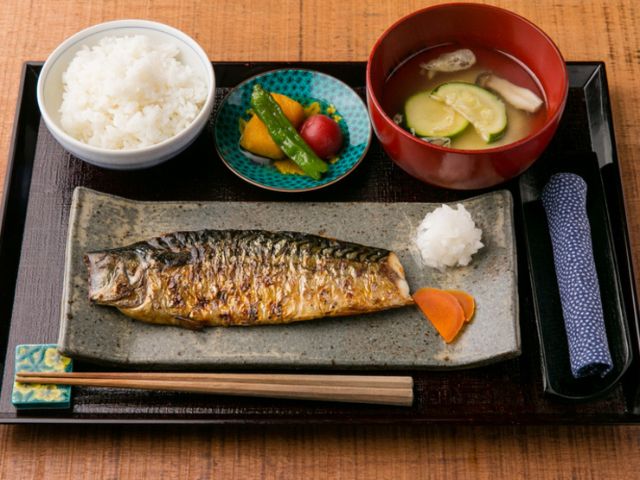
5 Popular Home-Cooked Japanese Meals You Should Know
When it comes to learning about the food culture of a country, home-cooked meals reveal quite a lot about it. Japanese cuisine is famously known for its seasonal and relatively healthy aspects, and Japanese home-cooked dishes are no exception. In this article, we will introduce you to five staple Japanese homemade dishes.
-
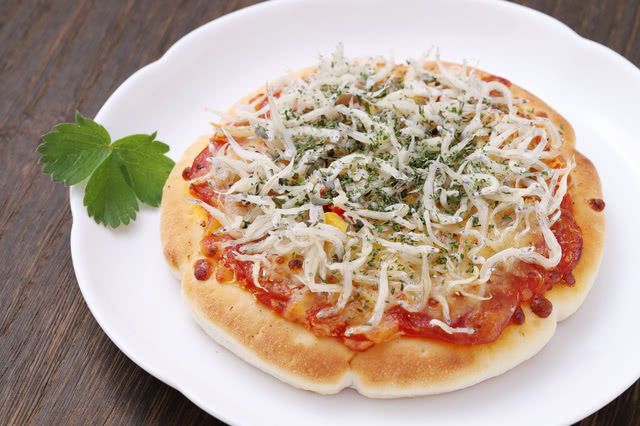
10 Surprising Differences Between Japanese-Italian Food and Real Italian Food
Many countries appreciate Italian food to the point that it ends up mixing with the local cuisine, creating new variations of the original Italian recipes. Japan is no exception—the country’s love for Italian food shows through the many Italian restaurants you can find in almost every Japanese city as well as through the wide variety of interesting fusion dishes born from the inventiveness of Japanese chefs. In this article, an Italian living in Japan covers the history of Italian food in Japan, the types of “Italian” food you can find in Japan, and some great restaurants where you can try these fascinating fusion dishes for yourself!
-
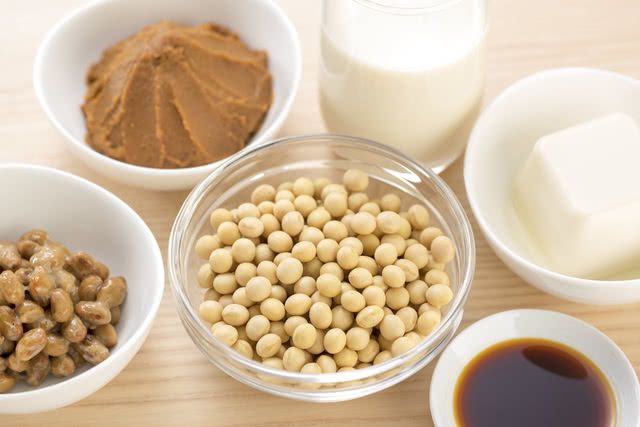
Soybeans: The Most Essential Ingredient in Japanese Food
What comes to your mind when you think of Japanese food? Sushi? Miso soup? Whatever your answer, there’s a very good chance that it wouldn’t be the same were it not for soybeans. Sushi, for example, is typically brushed or dipped in soy sauce, and the miso in miso soup is made from fermented soybeans. Indeed, many of Japan’s most iconic foods make use of soybeans in one form of another, making the beans indispensable in Japanese cuisine. In this article, we will explore many of the Japanese foods made from soybeans, as well as recommend some great restaurants in Japan where you can get a taste of the very best of them.
-
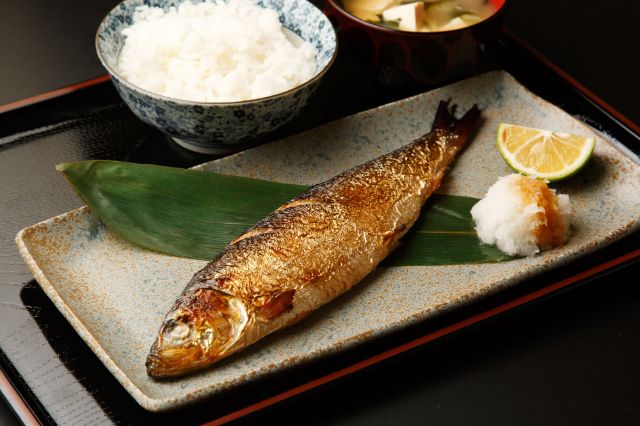
All You Need to Know About Japanese Grilled Fish, A Classic Japanese Dish
Whether you steam it, simmer it, fry it, or grill it, there are a myriad of ways to enjoy the different flavors and textures of fish. Fish is an essential element in Japanese cuisine, with grilled fish being a staple on the breakfast table. What makes grilled fish so popular in Japan? Read on to find out!
-
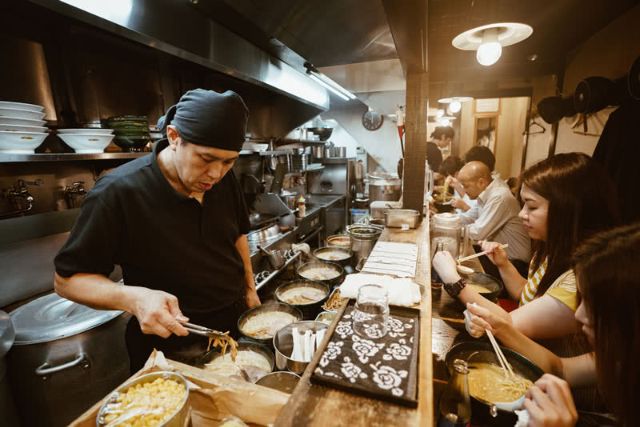
An In-Depth Guide to the World of Cheap Japanese Fast Food
While Japan may offer an unparalleled experience in haute cuisine, it also has the art of fast food perfected. Not only can you find similar burger-and-sandwich chains as in other countries, but there are also fast food restaurants offering traditional Japanese cuisine. Read on for a complete overview of fast food in Japan, including sushi, curry, and more!
-
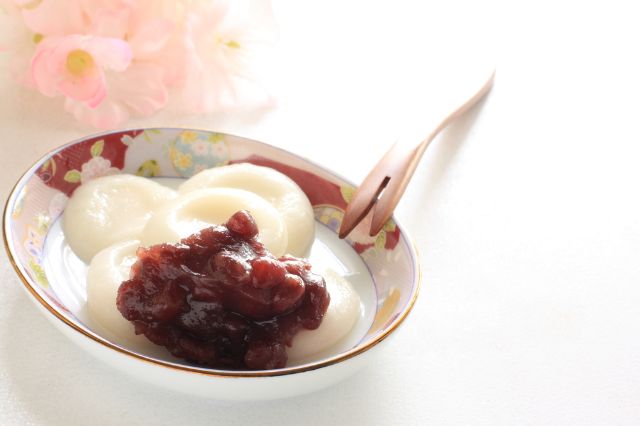
All About Anko: The Red Bean Paste Desserts You Can Eat in Japan
Many people are often surprised to hear that beans can be enjoyed as dessert in Japan. But "anko", a paste made from red beans called "azuki", is a staple in traditional Japanese confectionery, and has been enjoyed by Japanese people for centuries. The taste can be enjoyed alone, or as a complement to other Japanese flavors such as matcha (roasted green tea) or mochi (sticky rice cake). This time, we will explain what anko is, and the many ways it can be enjoyed.
-
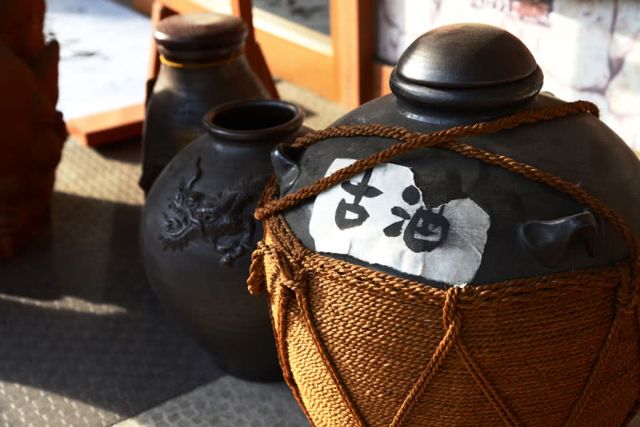
Cheers to Awamori! Discover the Wonders of This Okinawan Sake
From climate to culture, food, and dialect, Okinawa Prefecture—located in the southernmost part of Japan—is significantly different from the rest of the country. One of the products indigenous and unique to Okinawa is "awamori", a locally-produced rice wine. With a full-bodied yet mellow flavor, this Okinawan spirit has recently taken the whole country by storm. Let's take a closer look at what makes awamori so special! (No underage drinking, and no driving after drinking!)
Discover more restaurants by area
New Articles
Categories
Cuisine
- Bars (21)
-
Japanese Cuisine (644)
- Kaiseki (41)
- Nabe (19)
- Okonomiyaki (17)
- Shabu Shabu (32)
- Soba (17)
- Sushi (128)
- Tempura (17)
- Teppanyaki (44)
- Shojin Ryori (1)
- Tonkatsu (10)
- Kushiyaki (10)
- Yakitori (41)
- Sukiyaki (33)
- Japanese Cuisine (334)
- Oyster (2)
- Sashimi/ Seafood (16)
- Unagi (eel) (29)
- Motsu Nabe (offal hotpot) (6)
- Mizutaki (chicken hot pot) (3)
- Oden (4)
- Kaisendon (seafood bowl) (6)
- Udon (2)
- Taverns(Izakaya) Cuisine (116)
- Western Cuisine (39)
- Italian/French Cuisine (89)
- Yakiniku/Steak (215)
- Chinese Cuisine (21)
- Ramen (Noodles) Cuisine (17)
- Cafe/Sweets (50)
- Other Asian Cuisine (5)
- Global/International Cuisine (7)
- Alcohol (42)
- Other (9)
Area
- Shikoku (10)
- Kyoto and Osaka (338)
-
Tokyo (423)
- Tokyo (256)
- Ginza (38)
- Roppongi (21)
- Shibuya (22)
- Shinjuku (39)
- Asakusa (18)
- Ebisu (9)
- Tsukiji (9)
- Tokyo Landmarks (3)
- Ueno (20)
- Akihabara (8)
- Ikebukuro (11)
- Jiyugaoka, Denenchofu, Nakameguro (7)
- Shimokitazawa (3)
- Kichijoji (2)
- Tachikawa (1)
- Omotesando, Harajuku, Aoyama (16)
- Akabane (1)
- Kagurazaka (4)
- Akasaka (7)
- Odaiba (1)
- Tsukishima, Harumi, Toyosu (3)
- Near Tokyo (94)
- Okinawa and Southeast Islands (57)
- Hokkaido (118)
- Northern Honshu (Tohoku) (30)
- Central Honshu (Chubu) (138)
- Western Honshu (Chugoku) (32)
- Kyushu (89)
Archives
- June 2025(3)
- May 2025(33)
- April 2025(43)
- March 2025(28)
- February 2025(36)
- January 2025(26)
- December 2024(69)
- November 2024(31)
- October 2024(15)
- September 2024(39)
- August 2024(65)
- July 2024(31)
- June 2024(54)
- May 2024(61)
- April 2024(28)
- March 2024(31)
- February 2024(42)
- January 2024(32)
- December 2023(20)
- November 2023(5)
- October 2023(11)
- September 2023(7)
- August 2023(18)
- July 2023(8)
- June 2023(8)
- May 2023(18)
- April 2023(15)
- March 2023(1)
- January 2023(1)
- April 2022(2)
- March 2022(2)
- February 2022(1)
- January 2022(1)
- July 2021(1)
- March 2021(1)
- February 2021(1)
- December 2020(1)
- October 2020(1)
- September 2020(2)
- August 2020(10)
- July 2020(6)
- June 2020(9)
- May 2020(11)
- April 2020(8)
- March 2020(8)
- February 2020(13)
- January 2020(9)
- December 2019(24)
- November 2019(8)
- August 2019(14)
- July 2019(15)
- June 2019(18)
- May 2019(17)
- April 2019(16)
- March 2019(22)
- February 2019(22)
- January 2019(26)
- December 2018(34)
- November 2018(40)
- October 2018(32)
- September 2018(11)
- August 2018(8)
- July 2018(6)
- June 2018(9)
- May 2018(10)
- April 2018(21)
- March 2018(74)
- February 2018(39)
- January 2018(26)
- December 2017(60)
Keywords
- Omakase
- Accessible
- Affordable
- All-You-Can-Eat
- Amazing Scenery
- anime
- Art
- Autumn
- Awards
- Beer Gardens
- Breakfast
- Chef Recommendations
- Cherry Blossoms
- Chinese
- Close To Station
- Condiments
- Counter
- Coupon
- Crab
- Culture
- Dassai
- Dates
- delivery
- Early Summer
- Editor's Recommendation
- English Available
- Event
- Expo
- Fall Leaves
- Family-Friendly
- Famous Restaurant
- Famous Tourist Spot
- Fast Food
- festival
- fireworks
- Flower Farm
- Free Wi-Fi
- French
- Great Location
- Guide
- Hibachi
- hotpot
- How To
- hydrangea
- Hygiene
- Illumination
- Italian
- Izakaya
- Japanese
- Japanese alcohol
- jingisukan
- Kaiseki
- Kappo
- Kushiage
- Kushikatsu
- Kyoto
- Late-Night
- Lunch
- Manners
- matsusakagyu
- Michelin
- mizutaki
- Model Course
- monjayaki
- motsunabe
- Mt.Fuji
- Multilingual Menus
- Nabe
- Narita Airport
- New Year
- Ninja
- Noodle
- Oden
- Okonomiyaki
- omotenashi
- Onsen
- Osaka
- Osaka Station
- Photogenic Site
- pizza
- PR
- Private Room
- Ramen
- ranking
- Recipe
- Regional Cuisine
- Resort
- Rice Bowl Dish (Donburi)
- sacred places
- Sake
- Sakura
- Sashimi
- sea urchin
- Setouchi Area
- Shabu Shabu
- sightseeing
- Signature Dish
- Soba
- Solo Diners Welcomed
- Spicy Food
- Spring
- Steak
- Summer
- Sunflower
- Sushi
- Takashimaya
- takeout
- Teppanyaki
- Terrace Seating
- Tokyo
- Tokyo Skytree
- Tokyo Tower
- unagi
- UNESCO
- Vegan
- Vegetarian
- Wagyu
- What Popular Gourmet Sites Recommend
- Whisky
- Wine Bar
- Winter
- Wisteria
- Workshop
- World Heritage Site
- Yakiniku
- Yoshoku
- Yuba
- Zen
Discover Restaurants By Area
-

Tokyo Area
Japan's largest city, Tokyo, is the center of culinary culture in Japan. Countless Tokyo restaurants serve every kind of food imaginable and the Toyosu fish market keeps restaurants stocked with the nation's finest fish.
-

Near Tokyo
Coastal areas, mountains and valleys surrounding Tokyo are bursting with tourist destinations, such as hot springs and ski slopes, where many unique foods are only available locally.
-

Kyoto and Osaka Area
The cities of Kyoto and Osaka, together with their surrounding areas, have greatly influenced Japan's culinary culture since the 7th Century. The region is renowned for its entertainment, Kobe beef, and wide-ranging traditional dishes.
-

Hokkaido Area
The island of Hokkaido is home to wide-ranging produce of the finest quality, such as rice, meat, vegetables, fish and fruit. Popular dishes from Hokkaido include robatayaki (food slowly roasted on skewers) and Sapporo miso ramen.
-

Northern Honshu (Tohoku)
The northern end of Japan's main island, Honshu, is renowned for its seasonal fruit and vegetables, nation-leading harvest of fish (especially tuna from Ohma), and delicious beef from Yonezawa, Sendai and Yamagata.
-

Central Honshu (Chubu)
Chubu is in the center of Japan's main island, Honshu, and its culinary culture reflects its position between Japan's western and eastern halves. Delicious Hida beef, world-famous Mount Fuji and many acclaimed sake breweries are in Chubu.
-

Western Honshu (Chugoku)
Chugoku, on the southwest of Japan's main island, is rich with diverse produce. Many of its products are praised as Japan's best, including Matsuba crabs from Tottori and oysters from Hiroshima. Its pears and muscats are also top grade.
-

Shikoku
The mild climate of Shikoku is ideal for growing citrus fruit such as sudachi. Shikoku is also famous for Sanuki udon noodles, huge yields of tiger prawn from Ehime Prefecture and the best torafugu (tiger globefish) in the country.
-

Kyushu
Western culture was first introduced to Japan through Kyushu, Japan's third largest island, where the influence of Portuguese and other western cuisine influenced the creation of a colorful culinary tradition.
-

Okinawa and Southeast Islands
Okinawa, Japan’s southernmost prefecture, is a treasure trove of distinctive dishes and drinks that have become popular throughout Japan, including Okinawa soba, unique sushi toppings and Awamori distilled liquor.
